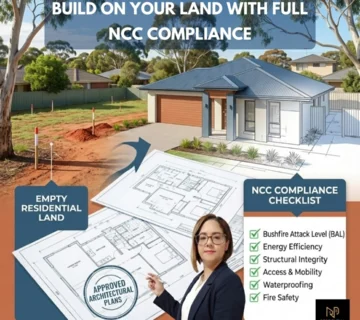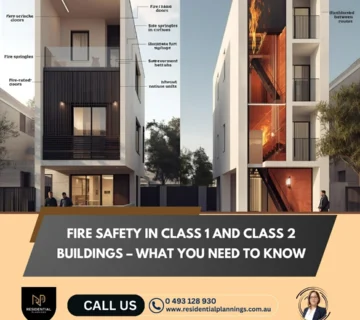Residential Planning in Australia: Challenges and Solutions
Introduction
Residential planning is the process of creating a detailed plan for the construction or renovation of a residential building. It involves a wide range of considerations, including the size and layout of the building, the materials and finishes to be used, and the overall style of the project.
Why is residential planning important?
There are many reasons why residential planning is important. First, it can help to ensure that the finished product meets the needs of the occupants. A well-planned home will be comfortable, functional, and aesthetically pleasing. Second, residential planning can help to save money. By carefully considering all of the factors involved in a project, it is possible to avoid costly mistakes. Third, residential planning can help to protect the environment. By using sustainable materials and design techniques, it is possible to reduce the environmental impact of a home.
What are the different stages of residential planning?
The residential planning process can be divided into several stages:
Pre-design
The pre-design stage involves gathering information about the project, such as the budget, the site constraints, and the needs of the occupants.
Schematic design
The schematic design stage involves developing a preliminary design for the project. This stage typically includes the creation of floor plans, elevations, and sections.
Design development
The design development stage involves refining the preliminary design. This stage typically includes the selection of materials and finishes, and the development of construction details.
Construction documentation
The construction documentation stage involves creating the final drawings and specifications for the project. These documents are used by the contractor to build the home.
Construction
The construction stage is the final stage of the residential planning process. This stage involves the actual construction of the home.
The importance of consultation in residential planning
Consultation is an important part of the residential planning process. By consulting with a qualified professional, you can ensure that your project is completed to the highest standards. A professional planner can help you to:
- Identify your needs and requirements
- Develop a budget
- Select a site
- Design your home
- Choose materials and finishes
- Obtain permits and approvals
- Oversee construction
Conclusion
Residential planning is a complex process that requires careful consideration of a wide range of factors. By consulting with a qualified professional, you can ensure that your project is completed to the highest standards and that your new home meets your needs and exceeds your expectations.
Additional resources
- Your Home: The Ultimate Guide to Residential Planning: https://www.yourhome.gov.au/
- The Australian Institute of Architects: https://www.architecture.com.au/
- The Planning Institute of Australia: https://www.planning.org.au/




